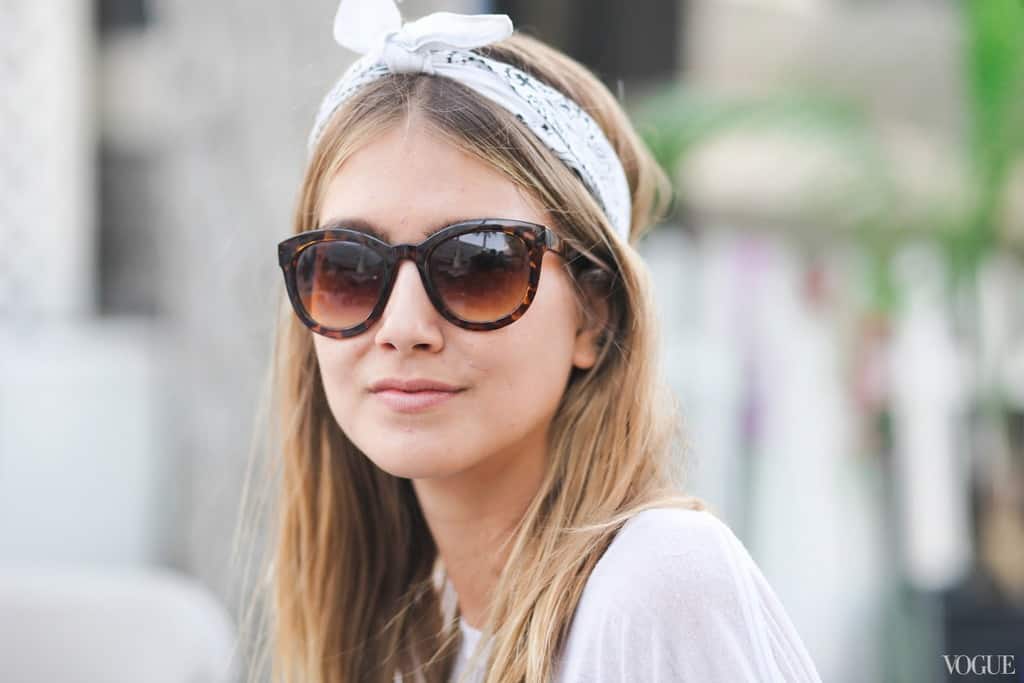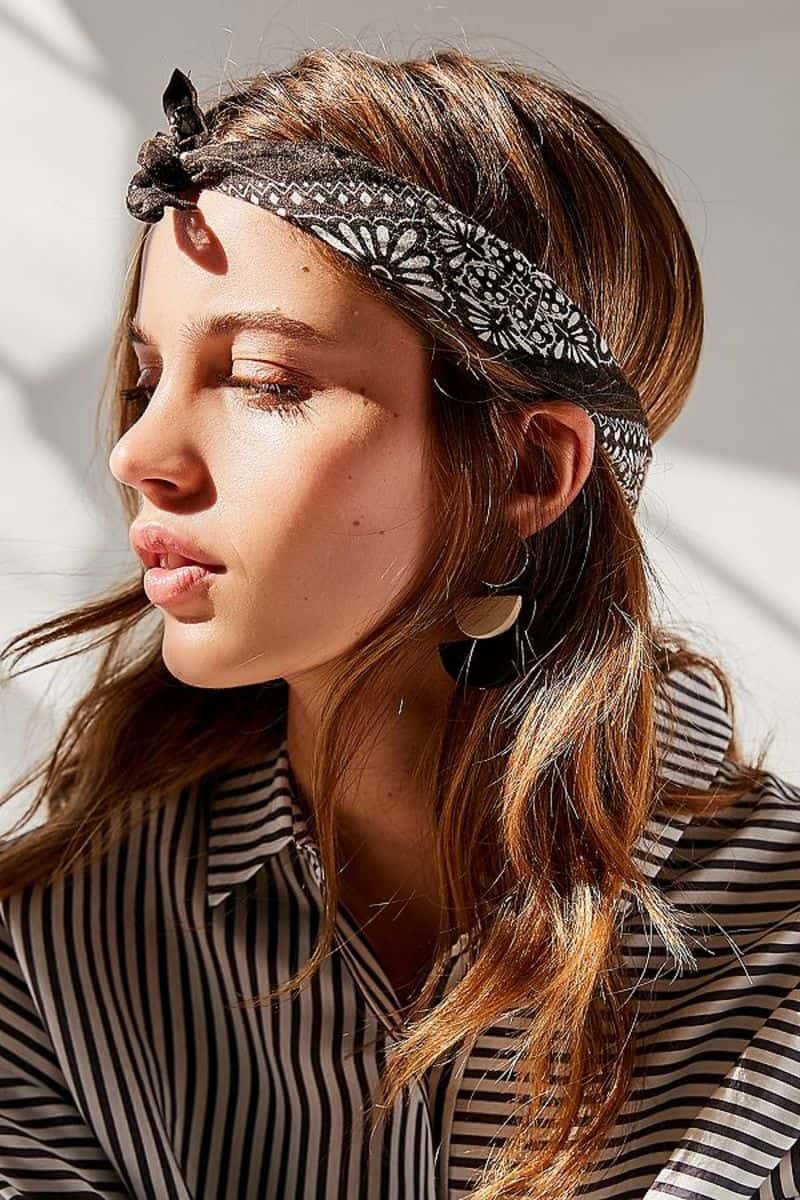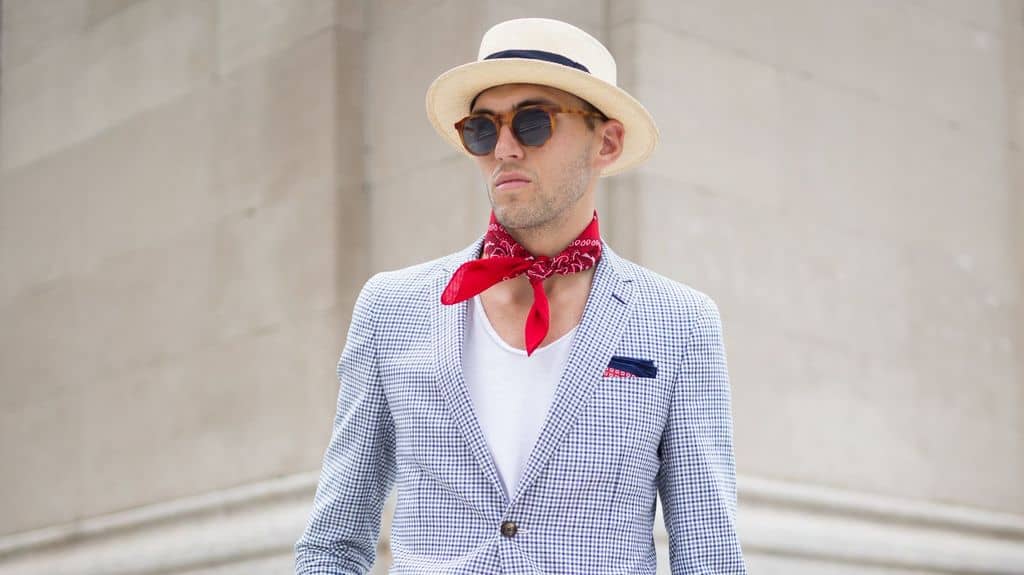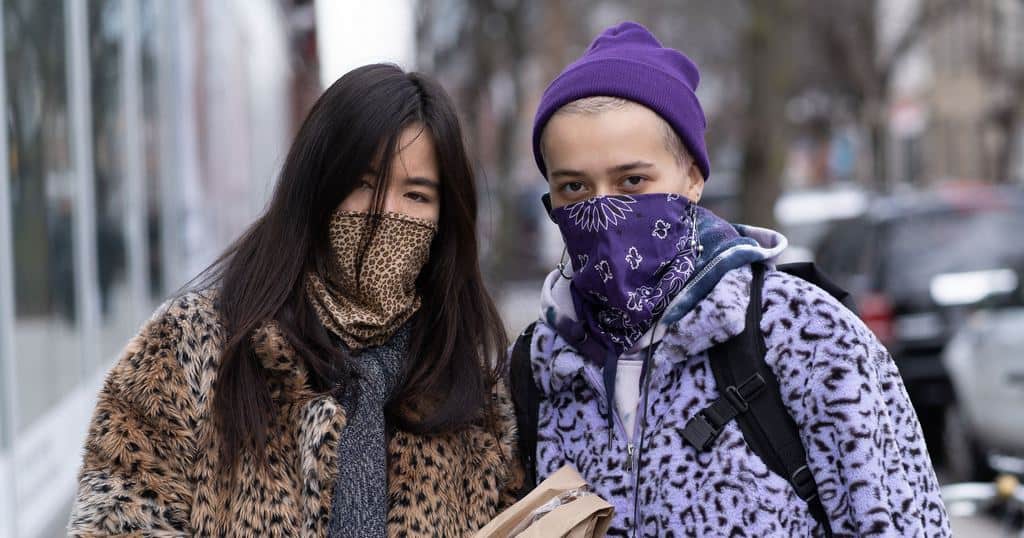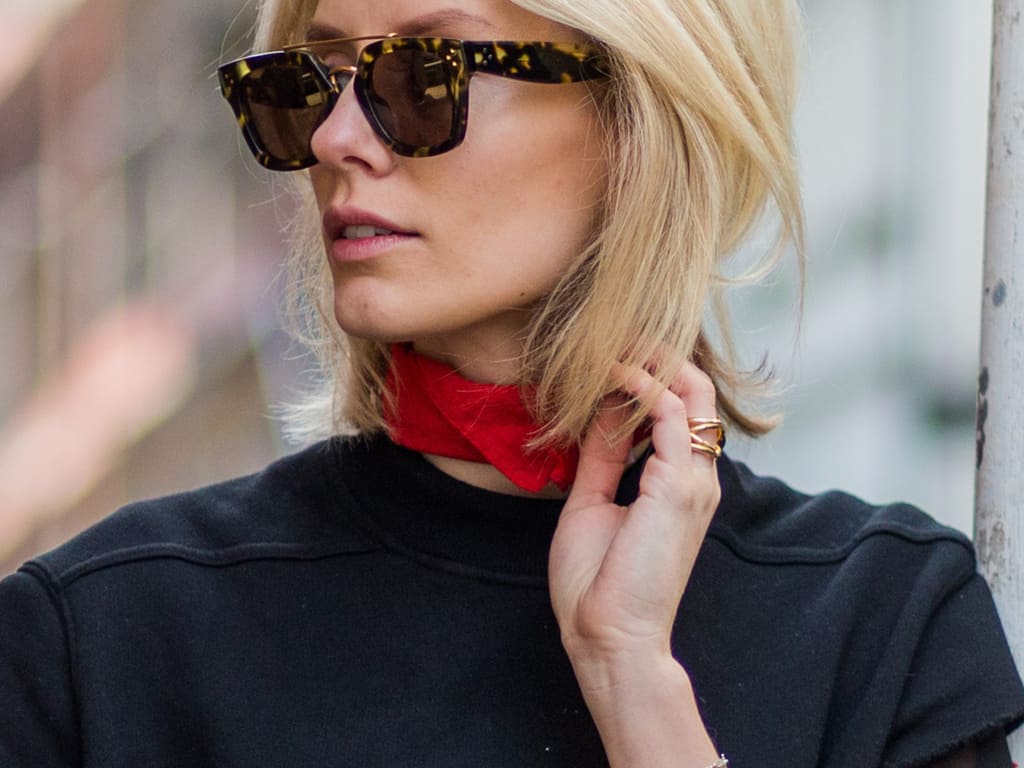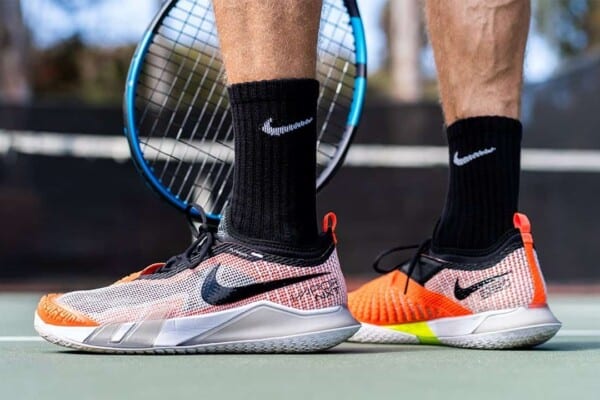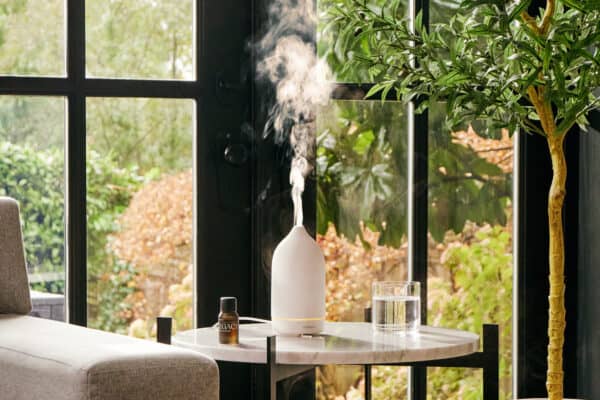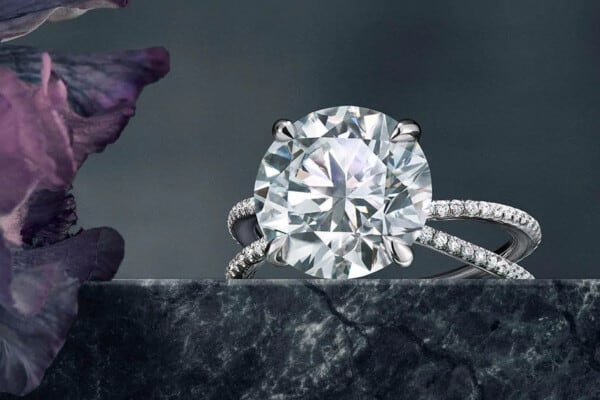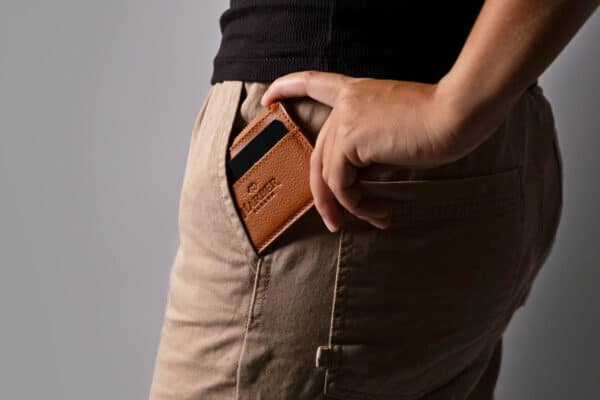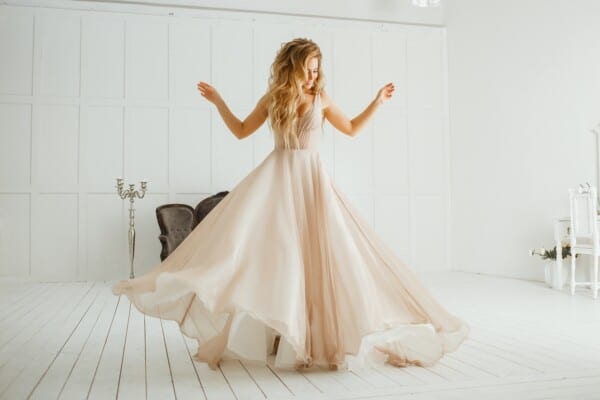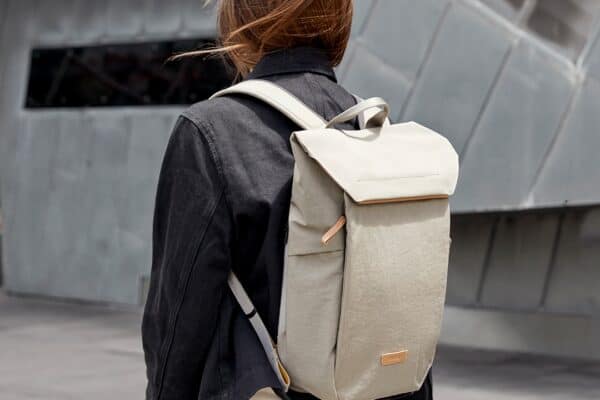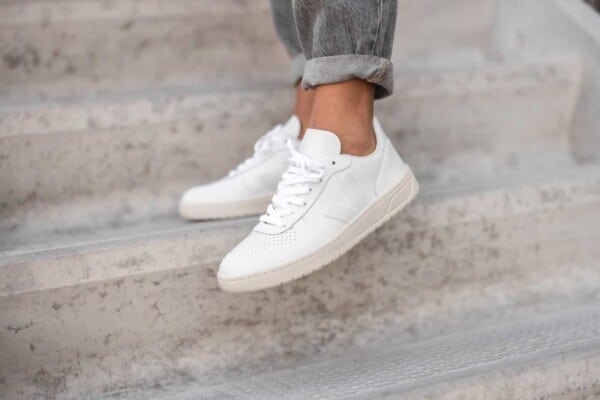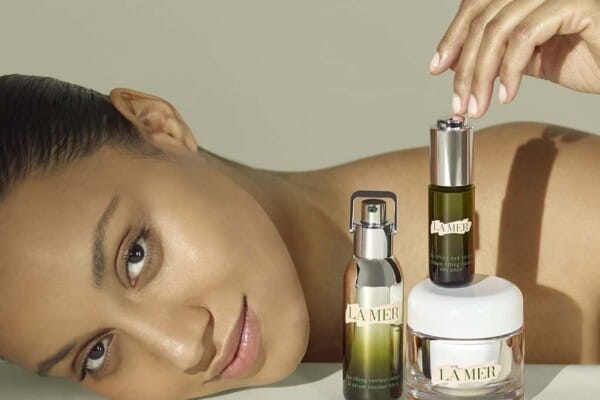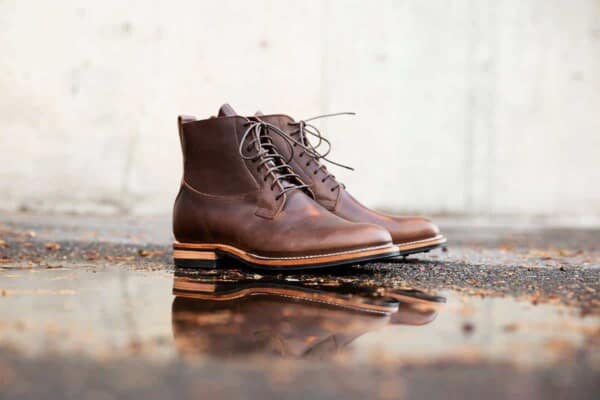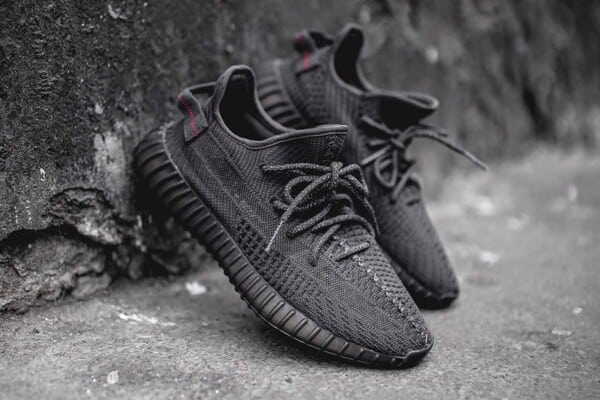Generally, a bandana is the modern version of a kerchief but with a few interesting twists. In reality, the bandana has been in use for more than 300 years already, pretty much in the present state. And it is surely more than just a wipe cloth for your face. In this article, we’ll take a closer look at the history of this trend and we’ll give you a few tips if you want to create bandanas for yourself.
So, do you remember the last time you gave bandanas any serious attention? All of us who wear them barely recognize this, even though we see them frequently on people’s hands, around their necks, in their back pockets or tied to belts. A bandana-free planet will be much less enjoyable and much less colorful. So let’s see more about this iconic, yet rarely forgotten clothing object that’s considered a bandana.
As per the given definition by Michael Hearing, we will start with the basic difference between a Kerchief and a Bandana. A kerchief is a triangular (but often square) piece of cloth that is usually wrapped over the head or around the neck both for protection and ornamental uses.
At another end of the spectrum, a bandana is typically a square fabric that is a little wider and often more colorful (often paisley) than a kerchief and usually worn on the head. But now bandana colors have erupted into a multitude of hues, as well as a number of textures and sizes (not even 20 inches by 20 inches anymore) and the usage has unexpectedly grown.
The Origins of this Trend
It is thought that the word bandana itself comes from the Hindi bandhana or Sanskrit badhnati which means ‘binding or bond.’ Initially, bandana’s colors and patterns were developed using the typical resistance dyeing techniques found in Turkey and India.
The unique paisley sequence that once hugely defined bandanas originates from Kashmir in the medieval Persian empire (not from Scotland’s Paisley). This style of curved, feathery types is the one most frequently associated with bandanas and was primarily based on a pine-cone style that can be directly linked to India.
The Persian term for patterning paisley is boteh. It also has many interpretations and shades of colour like thicket, bramble, or plant and it often refers to palm leaves or a leaf cluster’s recurring form. The boteh style, in any case, reverts 2,000 years to ancient Persia from where it worked its way to India and was renamed buta.
But the bandana and its trademark patterns arrived in the West in the 18th century due to trade with the Far East. And that’s where its popularity all over the world has begun.
Choices for Creating your Own Bandana
An awareness of the choices available for custom bandana prints is very important when you decide to make your own bandana. How do you print custom Bandanas? Well, this is one of the most common questions you think of when you want to personalize this wonderful fabric. If you do not have sources, you can always sign up to any website providing the services. Let’s find more about it.
Custom Screen Prints
This selection has been by far the most common way to make bandanas, and is also the oldest one of bandana prints to have been stamped for more than 100 years. The vivid colors that can be attained and the opportunity to create a high volume bandana demand is what’s perfect about screen printed bandanas. There are 2 kinds of dyes when printing customized bandanas: plastisol inks, and water-based inks.
>Both inks are widely used models and work well for producing a great custom bandana in diverse ways. When you’re searching for an eco-friendly printed bandana, the way to go is with water-based dyes. It is also recognized as discharge bandana printing.
These inks are nontoxic and make a perfect bandana light touch print. Plastisol inks let the template come to life with color pop, perfect for printing top quality bandana. When you are going to have to look for that conventional legendary bandana, screen printed bandanas are indeed the thing to do it.
Dye Sublimated Bandanas
A perfect substitute to screen printed bandanas is the custom sublimated bandanas. With dye sublimation, a high definition print with the unlimited amount of shades becomes very much possible. Inkjet devices are the best option for printing bandanas to sublimation. 100 % Polyester bandanas are important for this printing style, since sublimation performs only on polyester.
The best thing is that you can’t really feel the ink because the bandana is so gentle. It is great for high-end supermarket bandanas. Overall, sublimated bandanas are a perfect alternative for custom dyeing.
Cotton Digital Prints
In the world of wholesale bandanas, these digitally printed bandanas are truly innovative. As you can print your bandana directly to cotton and there is no limit on how many colors you can add to customize a bandana. This suggests that whenever you want a high resolution print that meets the constraints of screen printed bandanas, the possibilities are infinite.
You just have to choose a platform to begin with where 100 percent white premium cotton bandanas are printed. start by printing the design directly on one side as it is very similar to a white piece of paper inkjet printer. Digital bandanas are the waive of the coming years and you’ll be very pleased to have added them to your designed bandana.
Fun Uses of a Bandana
Never presume that your bandana is only an item of clothing, or a trendy product. In real sense, there is a whole lot more you can do with it, especially with regard to fun activities.
- You may use your bright-colored bandana as a warning for emergency crews or as a path marker if you were to get stuck or do not want to risk getting lost.
- Only tie the bandana ends next to each other and when your hands are occupied, you will have a stylish tote bag to hold loose objects.
- Your bandana can be transformed into a useful tourniquet to stanch blood flow in the case of a severe injury such as a gash.
- If you really need a rope or twine, and you don’t own one, you can cut stripes off a bandana to serve the interest.

